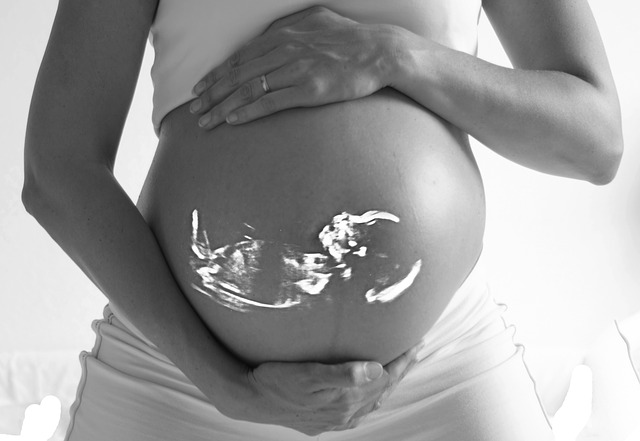
Many women experienced heavy menstrual flow with severe menstrual cramp and lower abdominal pressure during menstruation cycle at their advanced age. They also have bloat before the menstrual cycle.
All these symptoms may indicate the presence of adenomyosis. Early occurrence of the menstrual cycle, increasing age, multiparity, obesity, medical history of uterine surgery are certain risk factors for the development of adenomyosis.
Adenomyosis is a female genital organ disorder occurs due to breakage of the endometrium (the inner lining of the uterus) that extended through myometrium (the muscular wall of the uterus). Adenomyosis usually occurs at the age of 40 to 50 years. Hysterectomy is the available treatment option for adenomyosis.
Hysterectomy is not a problem for women who completed their family. As per traditional practice, females within the age of 40 had completed their family planning.
Time has changed now. In the present era, many women start their family after 40 years of age. They take this time for settling life. Although adenomyosis is not a risk factor for infertility, fertility preservation at an early age and IVF technique are options open for adenomyosis affected women before they have undergone a hysterectomy.
Recent medical advancement has provided the option for non-invasive, accurate diagnosis of adenomyosis through high-quality transvaginal ultrasound and advanced magnetic resonance imaging technique. But current gynecological screening procedure does not include adenomyosis screening, as conventional aspect established adenomyosis does not cause IVF cycle failure. Even, the standard IVF procedure does not require to treat adenomyosis before start the fertility treatment.
But recent research findings supported that diagnosis of adenomyosis is important to improve the embryo implantation in the IVF cycle. Previous research findings concluded that adenomyosis had no interference with embryo implantation. But some of the research current research findings supported that adenomyosis could interfere with embryo implantation and increase the risk of miscarriage.
Women diagnosed with adenomyosis have an increasing amount of macrophage, and natural killer cells in the endometrium may lead to infertility. Macrophages trigger the release of cytokines, TNFα, IFNγ, and free radicals which have a detrimental effect on embryos. They may also impair embryo implantation in IVF treatment and cause miscarriage.
The IVF treatment protocol has also changed with the advancement of fertility treatment. Previously followed long-down-regulation stimulation protocol has replaced with GnRH antagonist protocol for improving the patient side-effect profile. In long-down-regulation stimulation treatment approach, estrogen deficiency may temporarily inactivate adenomyosis and normalize some of the distorted endometrial functions.
But this benefit does not obtain in GnRH antagonist protocol. Therefore, female with adenomyosis has a higher risk of failure of the IVF cycle. But a diagnosis of adenomyosis during medical screening can help to the clinician for a better treatment plan to achieve a higher success rate of IVF cycle.



